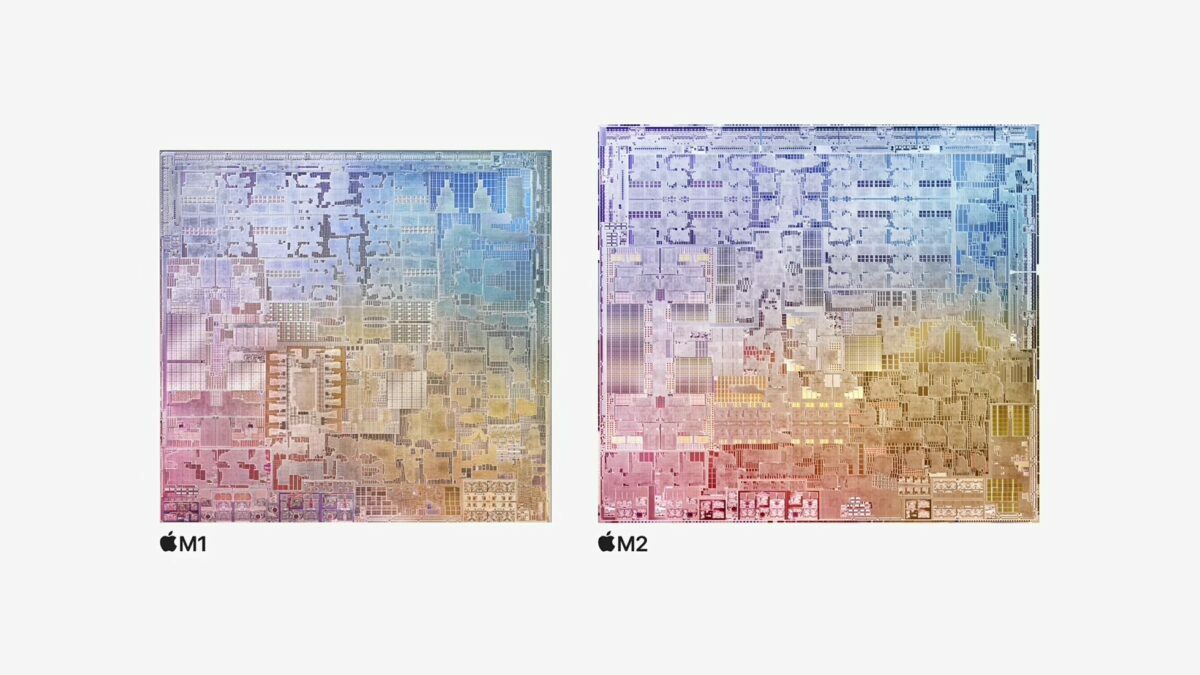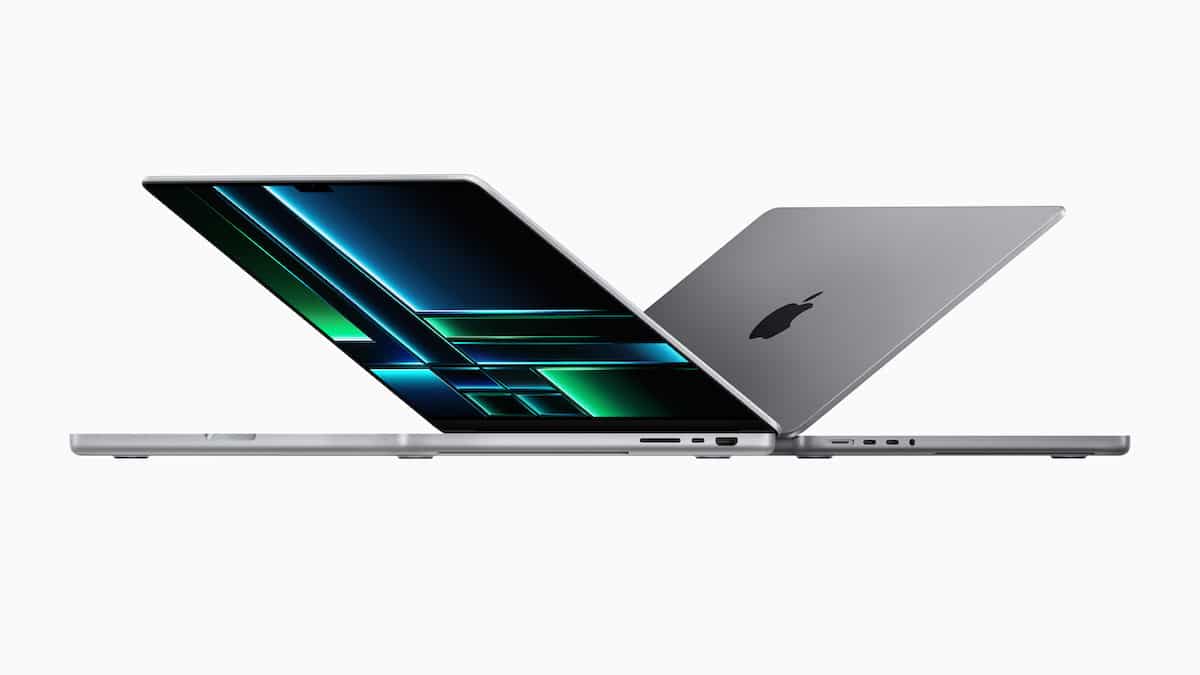TechCrunch sat down with Apple’s vice president of Platform Architecture and Hardware Technologies Tim Millet, and VP of Worldwide Product Marketing Bob Borchers to discuss the impact of M series chips’ design, performance, and features on the new Apple Silicon Macs. More importantly, the trio talked about the scope of gaming on Macs.
Here is a brief summary of the candid interview.

Powered by Apple Silicon, Mac will become a gaming platform in the future
Starting the discussion with the performance of M series chips for Mac, Borchers gave credit to Tim’s team for designing Apple Silicon so efficiently that it allowed the company to end its reliance on third-party manufacturers which had stifled technology.
And more importantly, starting with the M1 chip, Apple Silicon reset the baseline of performance in portable computers by achieving higher performance per watt.
The work that Apple did with the M1 wasn’t focused on pure peak performance, says Millet. From the beginning, there was this idea that they’d be able to reset user expectations around what kind of performance you should be able to get out of a portable computer, and for how long. The focus on performance per watt paid off (as noted in my early review of Apple’s first M1 chip), in that people could run major compute tasks on laptops untethered from power for hours. No compromises. That, says Millet, wasn’t a byproduct — it was the intent from the beginning.

He added that the newly launched M2 series chips: M2, M2 Pro, and M2 Max chips were built to maintain Apple Silicon’s leadership position by “pushing, again, to the limits of technology.”
Speaking about Apple’s roadmap into the lucrative gaming market, Borchers said that Apple feels like the Apple silicon “gaming story is getting more solid release by release” with more advanced GPUs, and the addition of APIs in Metal 3.
“With Capcom bringing Resident Evil across, and other titles starting to come along, I think the AAA community is starting to wake up and understand the opportunity,” he says. “Because what we have now, with our portfolio of M-series Macs, is a set of incredibly performant machines and a growing audience of people who have these incredibly performant systems that can all be addressed with a single code base that is developing over time.

However, he acknowledged that Apple needed to work with game developers for adoption and its engineers needed to explore a variety of chip configurations and components through a gaming lens as well.
Millet also explained that the company had been working on its entry since the early days of Apple Silicon transition but it will take longer to deliver a great gaming platform.
“The story starts many years ago, when we were imagining this transition. Gamers are a serious bunch. And I don’t think we’re going to fool anybody by saying that overnight we’re going to make Mac a great gaming platform. We’re going to take a long view on this.”